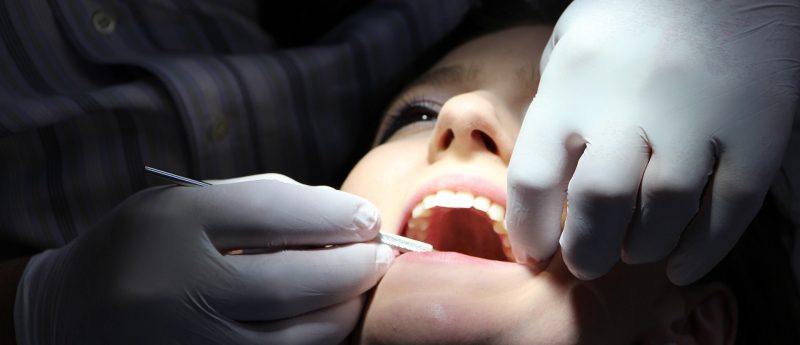Resurrection of the tooth after root canal surgery?

Researchers have developed a peptide hydrogel designed to stimulate the growth of blood vessels and dental pulp within a tooth after root canal surgery. This is in order to combat the death of the tooth which occurs after surgery.
During surgery for root canal, the dentist drills off the top of an infected tooth in order to access the tissue inside. After doing so the infected dental pulp is removed and, in its place, tiny rubber rods called gutta percha are placed, and the tooth is then repaired with a crown.
Researchers Vivek Kumar and Peter Nguygen at the New Jersey Institute of Technology (NJ) developed a material that could be injected in place of the gutta percha. This proposed material would stimulate either blood vessel growth or the proliferation of dental pulp stem cells within the tooth. Development of this material stemmed from Kumar’s experience of creating a hydrogel which stimulates angiogenesis when injected under the skin of rats and mice.
Within the hydrogel are peptides, which self-assemble into a gel at the injection site. These peptides contain a protein called vascular endothelial growth factor which is able to stimulate the growth of new blood vessels. Kumar’s research demonstrated that the peptide hydrogel was able to stimulate angiogenesis and stayed under the rodents’ skin up to three months.
Leading on from his previous research Kumar commented: “We asked the question, if we can stimulate angiogenesis in a limb, can we stimulate angiogenesis in other regions that have low blood flow? One of the regions we were really interested in was an organ in and of itself, the tooth.”
The team found that upon adding a particular peptide to cultured dental pulp stem cells, the peptide not only caused the cells to proliferate but caused them to deposit calcium phosphate crystals. However, when the team injected this under the skin of rats, the peptide degraded within one to three weeks.
“This was shorter than we expected, so we went back and redesigned the peptide backbone so that we currently have a much more stable version,” Kumar commented.
The team is currently injecting the peptide hydrogel into the teeth of dogs that have undergone root canals. This is in order to observe whether dental pulp regeneration can be stimulated in a living animal. If successful the researchers plan to undergo human clinical studies and have filed a patent for the redesigned peptide.
Looking ahead Kumar and Nguyen are planning future versions of the peptide that contain antimicrobial domains in order to reduce the invasiveness or pain of the root canal surgery.
“Instead of having to rip out everything inside the tooth, the dentist could go in with a smaller drill bit, remove a little bit of the pulp and inject our hydrogel,” Kumar concluded.